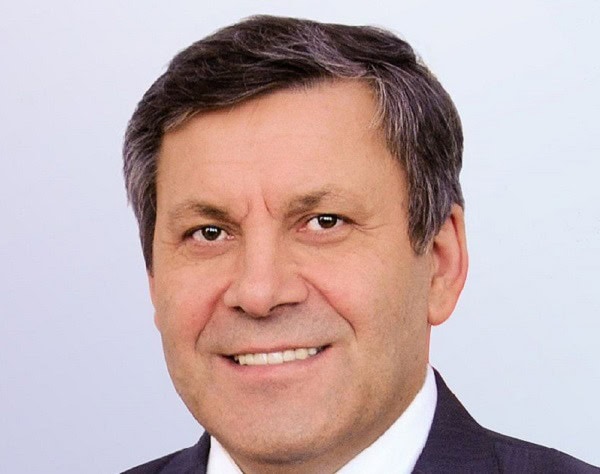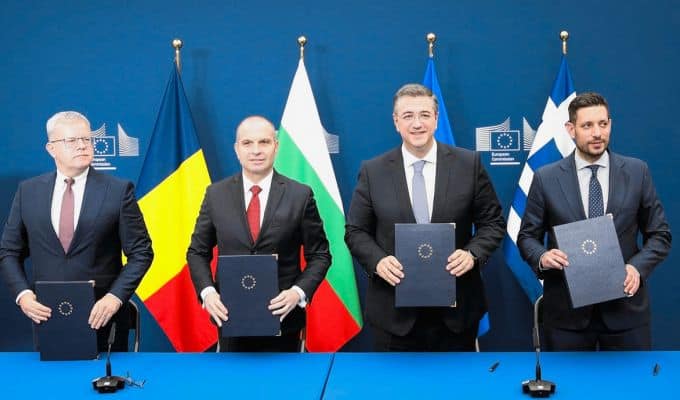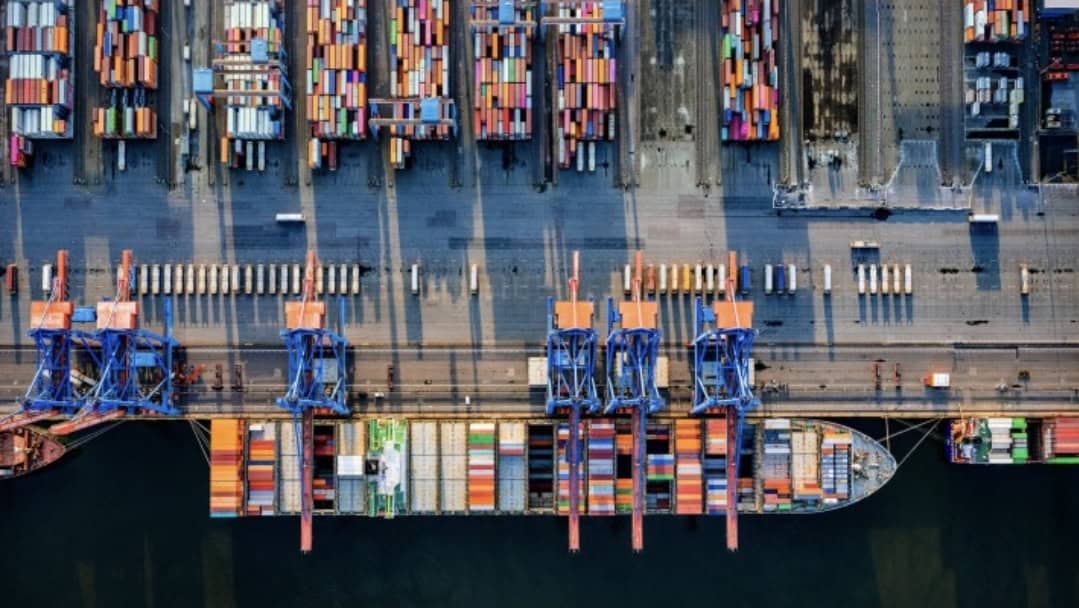The developments in early April 2025 show that the trade war is once again gaining momentum, with its epicenter once more located between the United States and the rest of the world—particularly China and the European Union. From the perspective of Janusz Piechociński, former Deputy Prime Minister and Minister of Economy (2012–2015), and President of the Polish-Asian Chamber of Commerce and Industry, the current actions of President Donald Trump represent a continuation of his previous economic-political strategy, which involves using tariffs as a tool of pressure and a means to enforce “fair” trading conditions.
Return to Confrontational Tariff Policy
On March 12, President Trump decided to reinstate the 2018 tariffs, raising rates on products such as aluminum to 25%. This decision particularly affected Canada, Mexico, Brazil, the EU, the UK, Japan, and South Korea. The European Union, as the third-largest supplier of steel and aluminum to the U.S., found itself at the center of this new conflict. Brussels responded swiftly and decisively—announcing retaliatory tariffs on American goods worth €26 billion. These included both previously suspended measures and new tariffs on products such as beef, poultry, and sugar.
Escalation Between the U.S. and China
The real turning point came on April 9, when Trump announced an increase in tariffs on Chinese goods from 104% to 125%, explaining his decision not only as a measure to protect the U.S. market but also as a reaction to the “gloomy” mood on Wall Street. In response, Beijing raised its tariffs on U.S. goods to 125% and declared it would “fight to the end.” China’s Ministry of Commerce called the U.S. actions economically senseless and announced it would ignore further pressure.
In Piechociński’s view, this escalation is an example of a spiral dominated by emotion rather than rational calculation. While Trump hopes his actions will force China into concessions, Beijing maintains a firm stance and signals readiness for a long-term confrontation.
90-Day Truce and a Game of Nerves
Despite the tensions, there was a glimmer of hope for de-escalation. The United States suspended the higher tariffs on goods from most countries for 90 days, keeping them at 10%. This period is meant to be used for negotiations. The European Union also held back part of its planned countermeasures in response. As Ursula von der Leyen emphasized, the key is to “give talks a chance” and build a more predictable trade policy. However, as European Commission spokesperson Olof Gill noted, the situation is changing by the hour.
Janusz Piechociński observes that this period may be both an opportunity and a threat. If the parties fail to reach an agreement, another wave of economic turbulence may follow after the 90 days. In the meantime, financial markets reacted enthusiastically to the temporary easing of tensions—the Dow Jones surged nearly 7%, and NASDAQ jumped 10%.
Economic Impact and Forecasts
Goldman Sachs analysts note that despite the temporary truce, the trade war poses serious risks to the global economy. The bank raised the probability of a U.S. recession to 45%, with a temporary peak at 65%. At the same time, it lowered GDP growth forecasts for both the U.S. and China. Analysts also pointed to the risk of additional sector-specific tariffs that could further heighten tensions.
Piechociński emphasizes the broader global impact—from Canadian lumber affecting U.S. toilet paper production to the effect of tariffs on maritime freight, with potential charges reaching $1.5 million per ship linked to China. These measures not only have a direct economic impact but also threaten the stability of global supply chains.
Europe as a Bastion of Reason?
In this dynamic and uncertain situation, the European Union is striving to play the role of stabilizer. CDU leader Friedrich Merz highlighted the importance of European unity and proposed the complete elimination of tariffs in transatlantic trade. Piechociński sees this concept as rational and worth considering—especially in light of the uncertainty surrounding future U.S. decisions.
Conclusions and Further Recommendations
According to Janusz Piechociński, the current trade war is not just a dispute over percentages on charts, but a clash of two philosophies of managing the global economy. One—based on pressure, impulsive decisions, and instinct; the other—aiming for dialogue, stability, and predictable rules. Piechociński warns that unless there is de-escalation and a return to the negotiating table, the world could be drawn into a years-long, costly confrontation, with ordinary consumers and small and medium-sized businesses as the biggest losers.
Therefore, in his opinion, it is essential to initiate multilateral talks involving the EU, the U.S., China, and other major economic players, with the participation of institutions like the WTO. Otherwise, the trade war could not only spread further but also block post-pandemic economic recovery and affect geopolitical balance for decades to come.



